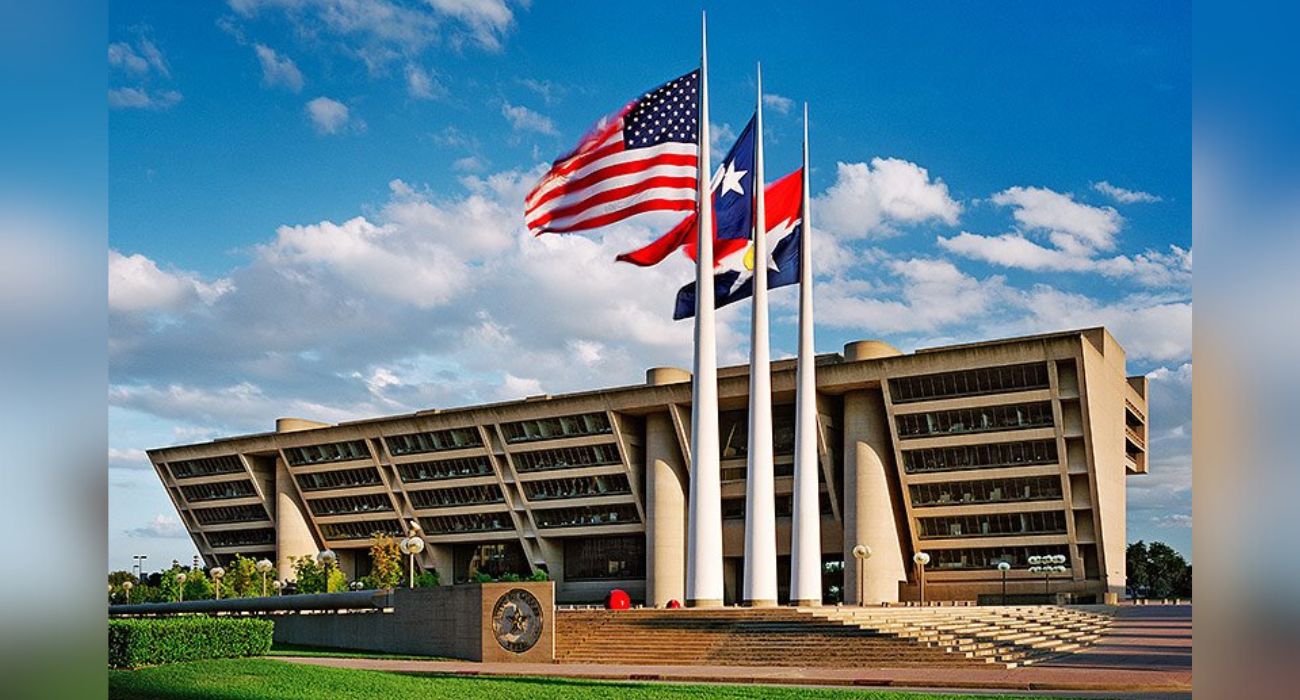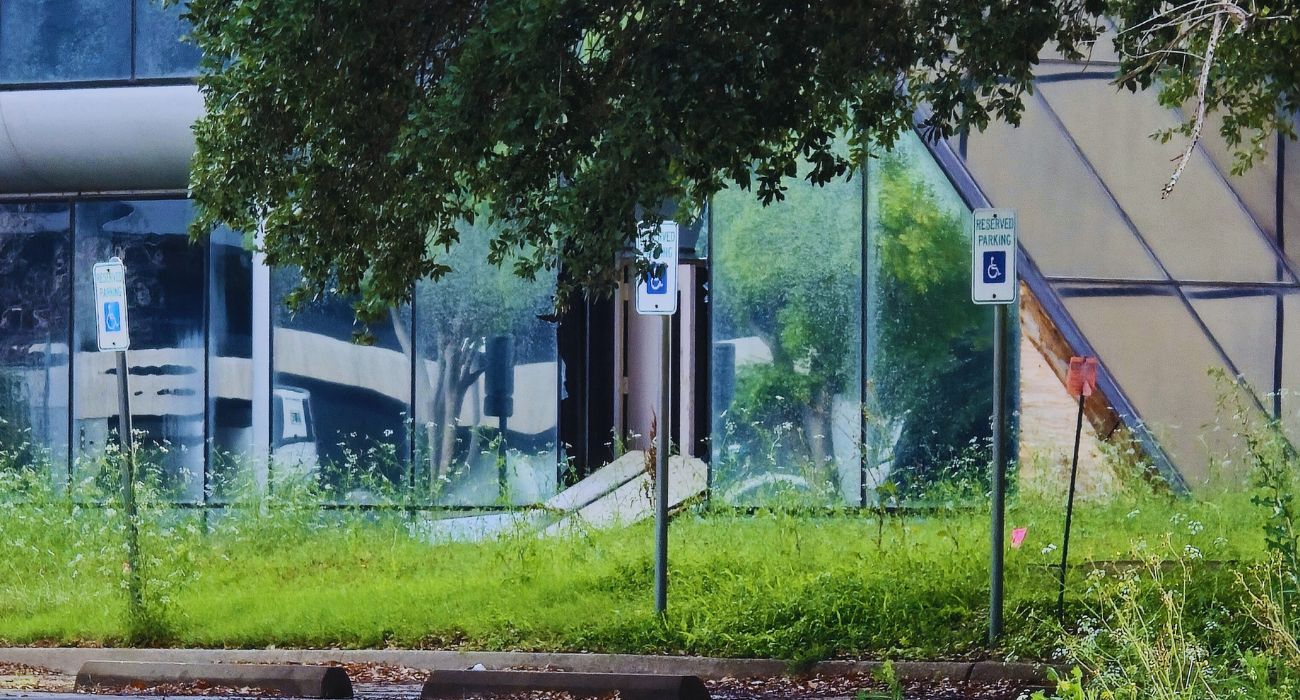Take a drive around Dallas and you will notice the countless signs promoting local businesses and services around town, each of which had to undergo a special review process to secure a sign permit.
Dallas’ Development Services Department (DSD) held a Lunch & Learn training session earlier in August to discuss the requirements and processes associated with obtaining a sign permit.
The City of Dallas defines a “sign” as any commercial messaging device “visible from outside the premises on which it is located and that is designed, intended, or used to inform or advertise to persons who are not on that premise.”
Sign permits must be obtained before a business can throw up a sign, per Section 51A-7.207 of the City code. The purpose of a sign permit is to ensure that all storefront signs or business signs complement the surrounding area.
Generally, a sign permit is required for all signs (new or re-face) that have an effective area greater than 20 square feet, are more than 8 feet tall, are illuminated, or have any electrical components. Permits are also required for signs located over a public roadway or in a Special Provision Sign District (SPSD).
Dallas has two types of sign categories: attached signs and detached signs.
According to DSD’s website, an attached sign is any sign attached to, applied on, or supported by parts of a building that encloses or covers usable space, such as a wall, roof, window, canopy, awning, or marquee. Meanwhile, a detached sign is any sign connected to the ground that is not an attached, portable, or vehicular sign.
While the aforementioned categories typically receive swift approval, permits in SPSDs must go through extra review requirements, particularly when the project involves the construction, demolition, or alteration of any structure designated a landmark site or located in a designated landmark district.
Such overlay districts include SPSDs — of which there are 15 — Historic Districts, Conservation Districts, and Planned Development Districts.
For instance, when a contractor submits a sign permit application in a Historic District, the City Plan Commission must review the proposal to determine if it meets the requirements and suitability of the neighborhood. If the project is approved, the contractor will receive a Certificate of Appropriateness, officially allowing the sign to be installed at the site.
While most sign permits usually take around two to five business days for DSD to approve, sign permits in overlay districts often take much longer, said Jason Pool, DSD’s sign team administrator.
According to Pool, sign applications in overlay districts typically take around 90 days or more to approve, depending on the time it takes for the applicant to complete the prerequisite checklist and how long it takes the commission to review the proposal.
Although sign permits create less of a backlog problem for DSD than other development permits, delays are still common. Such delays have become a frustrating aspect of the development process and one that City Manager T.C. Broadnax has been unable to fully fix.
While longer review cycles can help Dallas maintain its districts’ unique appearances and identities, delays ultimately stagnate development and deter developers from choosing projects in the City’s more difficult-to-deal-with areas, as previously reported by The Dallas Express.






